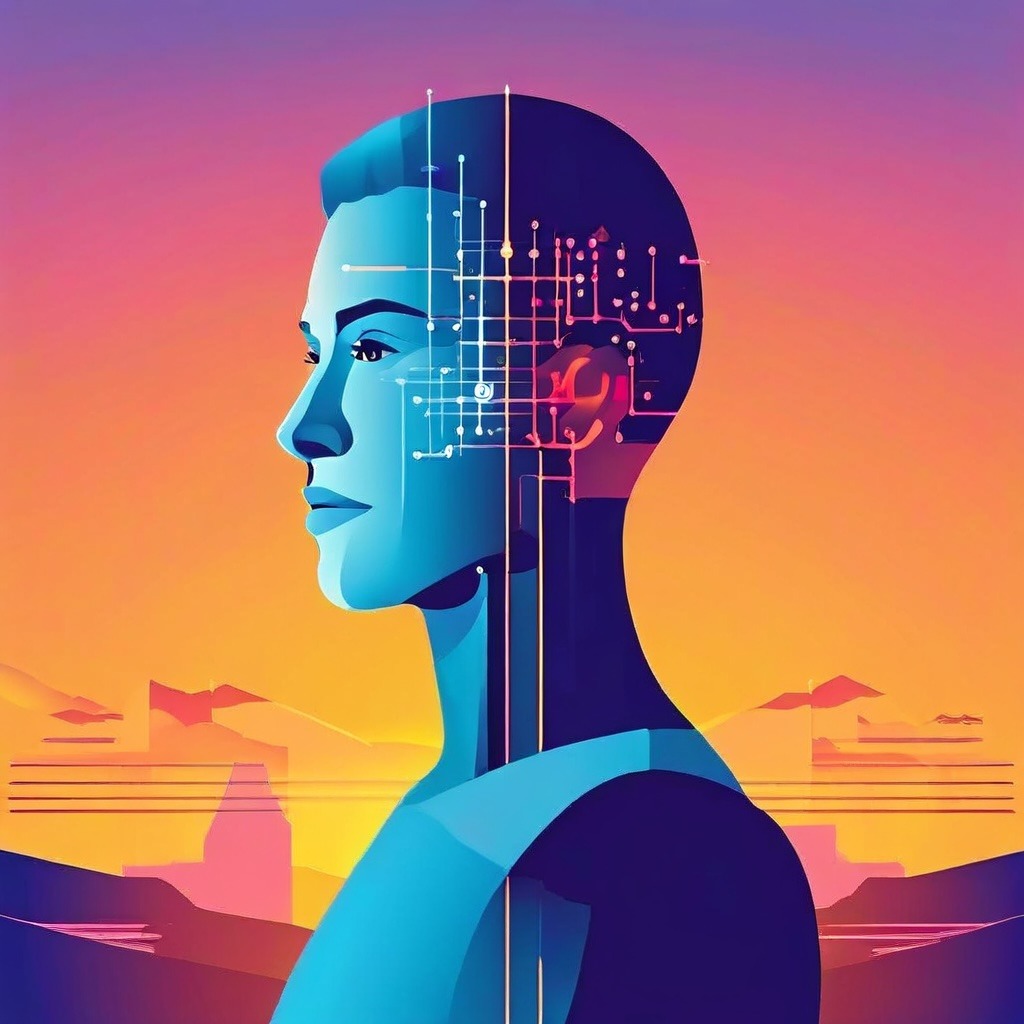Generative AI: The Buzzword Dominating the Industry
Generative AI has become the talk of the town, with everyone discussing its potential and capabilities. This suite of powerful AI tools can create text, voice, and graphics simply by providing a prompt. It has opened up exciting possibilities in various fields, from writing music to generating code for vector graphics. However, amidst all the hype and excitement, it’s important to understand the true state of the art and its impact on the video game industry.
The Basics of Generative AI
Generative AI, also known as AI systems built using machine learning, can create artifacts as their primary function. Text generators like GPT, image generators like DALL-E, and code generators like GitHub Copilot are examples of generative AI tools. They take input prompts and generate something based on those prompts, aiming to evoke the desired output. The term “Generative AI” gained popularity thanks to the work of researchers in the field of Generative Adversarial Networks (GANs) and Variational Autoencoders (VAEs).
The Evolution of Generative AI in Games
Generative AI has already made its mark in the gaming industry. GANs have been used to generate Super Mario levels, and image generation techniques have enhanced the art pipeline for games like the Mass Effect Legendary Edition. While generative AI may seem like a new phenomenon, it builds upon decades of existing research in procedural content generation using machine learning. The technology has improved significantly due to advancements in deep learning, large-scale datasets, and accessible computing infrastructures.
The Challenges and Legal Issues Surrounding Generative AI
Despite the progress, there are significant challenges and legal issues that need to be addressed. The data used to train generative AI models often lacks transparency, raising concerns about privacy and unwanted outputs. Moreover, the legal implications of using AI-generated assets and the copyright ownership of those assets remain unclear. Artists and content creators have rightfully expressed concerns about their work being used without consent or proper attribution.
Generative AI as a Tool for Game Developers
Generative AI holds immense potential for game development, offering solutions for tasks like texture generation, animation, quest log writing, and NPC conversations. Indie developers and programmers can already leverage generative AI tools to kickstart their ideation process and streamline their workflows. However, it’s crucial to recognize that generative AI should support developers’ creativity rather than replace them. The technology needs to solve real production challenges and enhance productivity, rather than seeking to automate human input entirely.
The Path Forward for Generative AI in Games
While generative AI has its limitations and challenges, it has the potential to revolutionize game development. As the field continues to evolve and more companies invest in research and development, we can expect significant advancements in generative AI for games. However, it’s important to have realistic expectations and avoid overhyping the technology. Generative AI should be seen as a tool that empowers developers, allowing them to create higher-quality games more efficiently.
Conclusion
Generative Artificial Intelligence (AI) has emerged as a transformative force, capable of generating text, voice, and graphics with remarkable fidelity and sophistication, often with just a simple prompt. This technological advancement has unleashed a wave of excitement across various industries, including the video game sector, as it promises to revolutionize creative processes and enhance user experiences. However, amid the enthusiasm, there exists a cloud of uncertainty and skepticism regarding its true impact and potential pitfalls.
At the heart of generative AI lies a complex interplay of machine learning algorithms, with techniques like Generative Adversarial Networks (GANs) and Variational Autoencoders (VAEs) driving its evolution. These algorithms learn from vast datasets to mimic human-like creativity, resulting in outputs that range from text narratives to lifelike graphics. Tommy Thompson’s exploration of procedural generation and generative AI delves into these intricate concepts, shedding light on their implications for game development.
One of the key drivers behind the rapid advancement of generative AI is the convergence of several factors, including breakthroughs in deep learning, the availability of massive datasets, and the exponential growth in computational power. Moreover, the landscape of AI research has undergone a significant shift, with corporate funding increasingly overshadowing traditional government grants, fueling innovation and competition in the field.
Generative AI’s expanding accessibility and demonstrated capabilities in various domains, such as text generation, speech recognition, and image synthesis, have led to its widespread adoption across industries. In gaming, in particular, there has been a surge in investment aimed at harnessing AI to streamline development processes, create dynamic content, and enhance player immersion. Despite the potential benefits, integrating generative AI into game development poses several challenges, including legal and ethical considerations, as well as ensuring the quality and authenticity of generated content.
While the trajectory of generative AI in gaming appears promising, there are lingering doubts about its current limitations and ethical implications. Issues such as the provenance of training data, the potential for biased or inappropriate outputs, and concerns about intellectual property rights raise legitimate concerns about its widespread adoption. Furthermore, there is a prevailing fear within the industry that AI may eventually supplant human creativity, relegating developers to mere overseers of automated processes.
Amid these uncertainties, there is a consensus that generative AI should be viewed as a tool to augment human creativity rather than replace it entirely. Transparency in data sourcing, robust quality assurance measures, and responsible use of AI-generated content are seen as crucial steps to mitigate risks and foster trust among stakeholders. Moreover, there is a call for ongoing dialogue and collaboration within the gaming community to navigate the complexities of integrating generative AI responsibly.
In this context, initiatives such as surveys to gather community feedback and the support of platforms like Patreon for creators like Tommy Thompson play a vital role in facilitating informed discourse and advancing the responsible adoption of generative AI in gaming. Ultimately, the journey towards harnessing the full potential of generative AI in game development requires a balanced approach that recognizes both its transformative capabilities and the importance of human creativity and oversight.
Watch the episode on YouTube HERE





